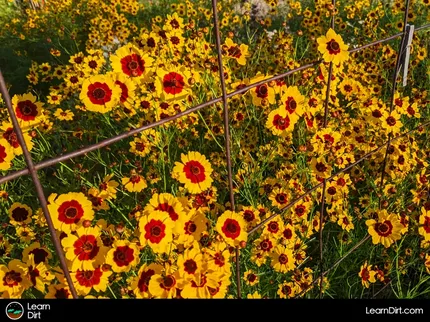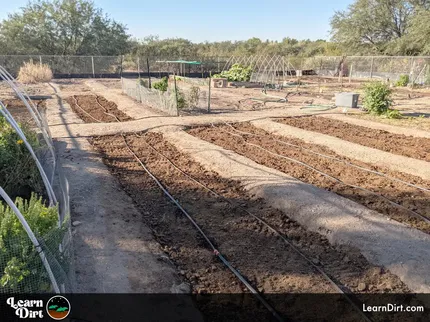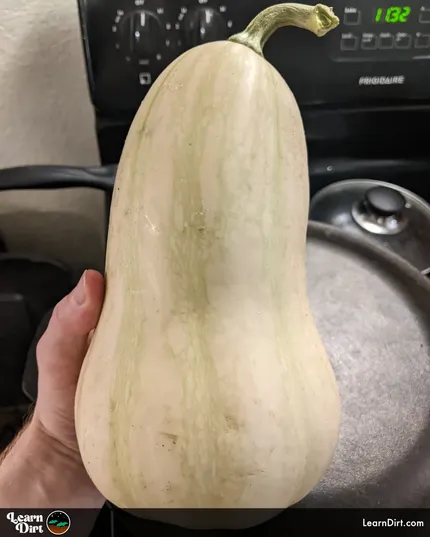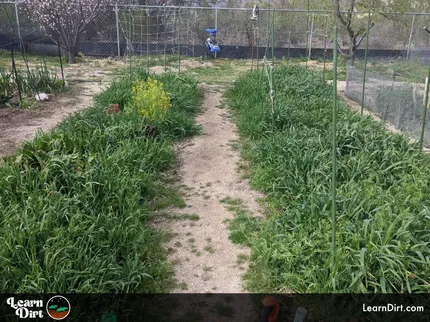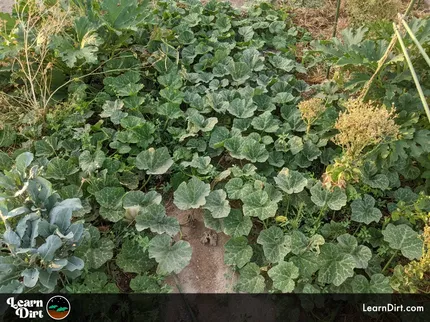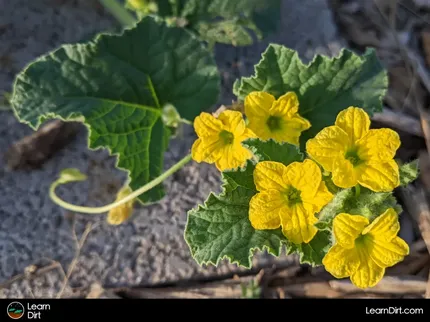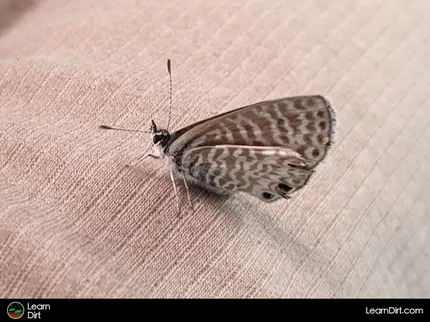Table of Contents
- Potato Growing Conditions
- Can Potatoes Grow in the Desert?
- What Season to Grow Desert Potatoes
- Desert Potato Considerations
- Techniques for Growing Potatoes in the Desert
- Boil 'Em, Mash 'Em
* Our articles never contain AI-generated slop *
Potatoes are definitely not the first crop that folks think of when it comes to desert gardening.
Indeed, potatoes are much more often associated with cool wet climates than with hot dry ones.
That said, growing potatoes in the desert is absolutely possible - with a few caveats.
Disclaimer: This post may contain affiliate links. Refer to the privacy policy for more information.
Let's talk about how to get started growing potatoes in the desert, and some special considerations you'll want to take into account in order for your potatoes to thrive...
Potato Growing Conditions
As with any plant, it's important to understand what it likes and what it won't tolerate. Let's look at the types of conditions which potatoes thrive in:
Temperatures
Potatoes are a cool season crop. They don't tolerate a lot of heat, nor do they tolerate any frost at all. Either will kill them dead quick.
Potatoes like cool nights and cool-to-warm days. In the low desert, these are our shoulder seasons: (spring and autumn).
If you're in a cooler desert, the potato season may shift closer towards summer.
If it never freezes in winter where you live, you'll likely be able to grow potatoes all winter.
Join The Grower's Community
Find your people.
Your voice matters here 🌱
Check It Out!
Soil pH
Potatoes like a soil pH of around 6.5 – the same as most garden veggies.
It's important to remember that deserts may not have an ideal soil pH when you first start gardening.
Here in Tucson, our native soil is extremely alkaline, commonly reaching a pH of 8.5+. If you're not sure what your soil pH is, grab some neutral 7.0 water (such as a bottle of distilled) and drop a clump of soil into it. Shake, and test the pH with your pH meter.
If your soil is also too alkaline for vegetable gardening, a good option is to amend with sulfur.
A better long-term option is to build healthy soil over time. A thriving microbiome will naturally buffer pH.
Soil Structure
The structure of soil is the way that it aggregates together. Proper soil structure can make all the difference in vegetable gardening, especially when growing tubers.
Potatoes like rich, well-draining loam that is loose and friable with good aeration. They are not very tolerant of compacted soils, nor of soils with heavy clay.
Alleviating Compaction
Potatoes do not grow well in heavily compacted soils. Their tubers are too soft and can end up distorted, unshapely, and small when grown in caliche and compacted soil.
If your soils are heavily compacted, consider broad-forking or growing a crop intended to break them up - such as daikon. Do this before planting potatoes.
To learn more about breaking up compacted soils, check out the Compacted Soil Guide

Dealing With Clay Soil
Clay soils are extremely dense and heavy. They have notoriously poor aeration and drainage. Clay soils may stay too wet for too long.
Additionally, clay soils are prone to expansion and contraction, as well as the subsequent cracking associated with it.
If you've got soil that's heavy in clay, consider adding organic matter in order to improve it for potato planting.
Gypsum is also a great addition to clay soils for improved texture.
Water
Potatoes have moderate water needs. They'll drink roughly 1-2" per week, similar to many vegetables.
Be sure that you can supply consistent water throughout the season. In the desert that almost always means irrigation, unless you like never being able to leave your garden for more than a day or two.
Take the time to plan out a robust irrigation system. Do the research and don't rush this piece - it's the foundation of a functional desert garden.
Can Potatoes Grow in the Desert?
Though potatoes are not typically a desert crop, they can definitely be grown in many deserts. You'll have to find the season(s) that works for them in your environment, and you may get small potatoes if your mild seasons are short.
Here in the Sonoran Desert we grow potatos in the spring and fall, and they rarely reach full size - but are delicious nonetheless!
Dig Cool Merch?
What Season to Grow Desert Potatoes
Here in Tucson, potatoes can be grown in both the spring and the fall. These are short growing seasons and often mean potatoes will only reach fingerling size.
If you live in a colder desert climate, your potatoes may be able to grow through the summer.
If you live in a hotter desert climate where winter frosts don't happen, you may be able to grow potatoes through the winter.
Desert Potato Considerations
Some gardeners have success in growing full-sized potatoes by utilizing faster-growing varieties, shade cloth, frost cloth, or greenhouses.
One unique aspect of growing potatoes in Tucson is that since we don't get any substantial hard freezes, these tubers can survive underground year-round.
If you live in a similar climate, all you have to do is purposely "forget" a few potatoes when harvesting, and you'll have more popping up next season!
Techniques for Growing Potatoes in the Desert
Let's jump into some specific techniques you may want to consider for growing desert 'taters:
Sourcing Potatoes
You can start with any organic grocery store potato that happens to sprout in your pantry or root cellar. Simply chop them up into a few smaller pieces that each contain an eye - or plant them whole. Bury them a few inches down, and wait for the next spring or fall for them to sprout on their own.
If you decide to buy seed potatoes, alway start with certified disease-free seed potatoes. Most gardening centers will stock them, and if that fails the internet never does. Seed potatoes of all varieties are available for order online.
Mounding Potatoes
Some folks like to plant trenches or mounds about 4 inches deep, and space them about 12 inches apart. I plant potatoes wherever I have space!
If you go with mound-building for your starchy tubers, make sure you continue to mound up the dirt as the stem grows taller so you get MORE POTATOES!
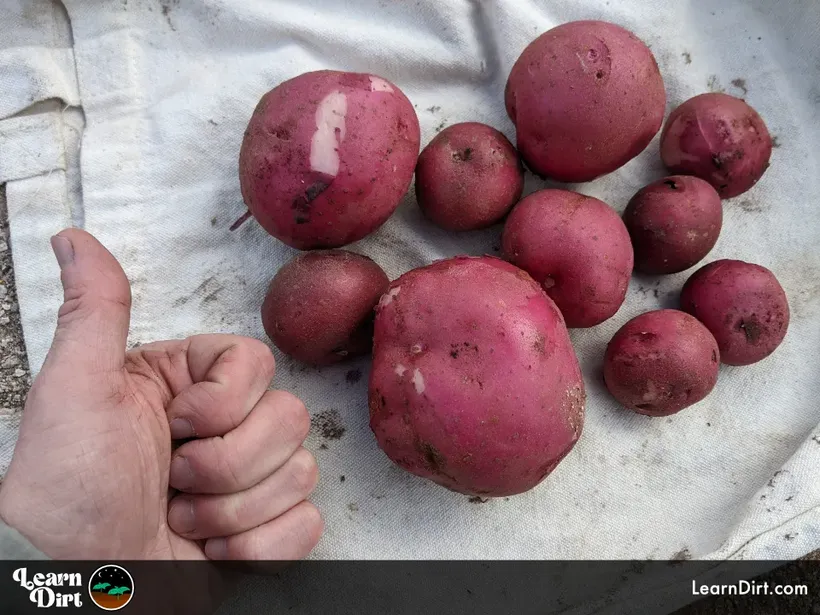
These were harvested in early-November
Irrigating Potatoes
Once your potatoes are in the ground, be sure to maintain adequate, consistent water throughout the season. Potatoes are susceptible to inconsistent watering.
Providing Adequate Nutrients
If you feed your potatoes, your potatoes will feed you!
Great nutrient additions you can make include:
- Homemade Compost
- Compost Tea
- Worm Castings
- Worm Tea
- FPJ
These are the best fertilizers in existence, and they're all completely free if you make them yourself!
If you'd rather buy something, just grab a box of organic fertilizer and water it in.
Mulching Potatoes
It's a good idea to mulch around your potato plants to help retain moisture and prevent the soil from getting too hot. This is especially important in deserts where evaporation is high.
A layer of chop + drop, straw, leaves, or pulled weeds which have not gone to seed will do the trick.
Harvesting Potatoes
When it finally comes time to harvest your potatoes, do so carefully to avoid damaging the precious tubers. Potatoes can be delicate and some varieties have very thin skin.
You can use a garden fork or shovel to gently pry the plants out of the soil. Many of the potatoes will come up with the roots, but sifting through the soil by hand afterwards is still a good idea.
I purposely leave some every time I dig up potatoes, which pop up the next season.
I also frequently find potatoes in my soil while planting other crops and it feels like the absolute best buried treasure!
Soil is the perfect storage medium for potatoes. They can last for many months is moist soil, so if you're not able to use them fast enough you can keep them buried for later.
Boil 'Em, Mash 'Em
I never thought potatoes would be a crop that could survive the desert, but it sure feels great to be able to grow such a tasty and filling calorie source. As a certified potato lover, I'm always in awe when it's time to harvest tubers.
While potato yields in the desert won't rival those in more potato-favorable climates, it's nevertheless amazing how well they can do.
We all know you won't find anything at a grocery store that rivals the taste of home-grown, and potatoes are no exception!
Good luck with your potato endeavors and don't forget to enjoy the process. It's going to be so rewarding!
That's all for now, thanks for reading!
If you have any questions, comments, or would like to connect with fellow gardeners, head on over to the forum and post there.




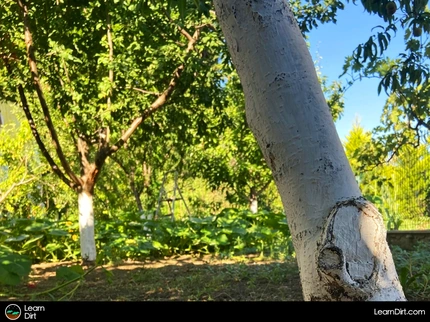
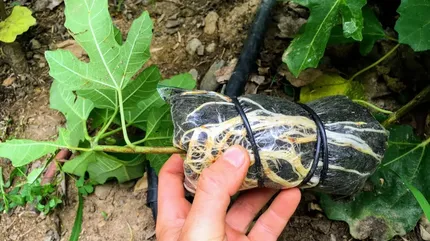
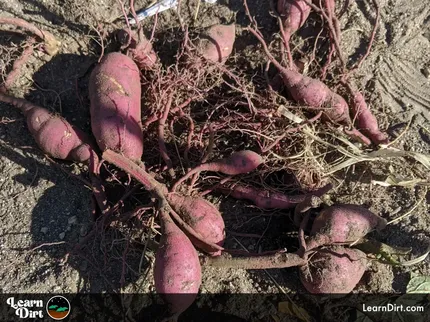

![Don't Till Away Your Carbon [Taffy]](/media/product_images/dont-till-away-your-carbon-[taffy]_shirt_260x260.png)

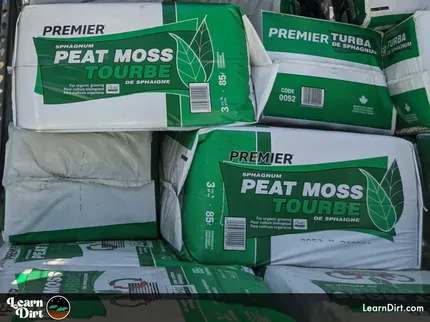
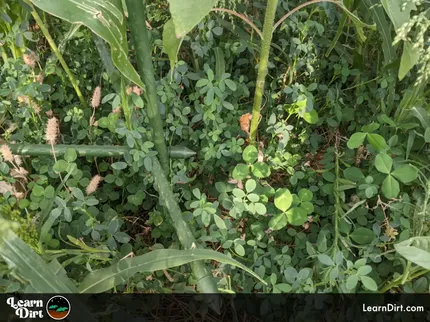
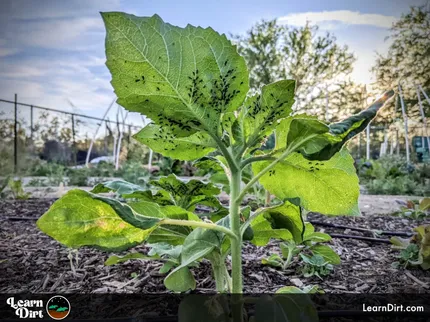
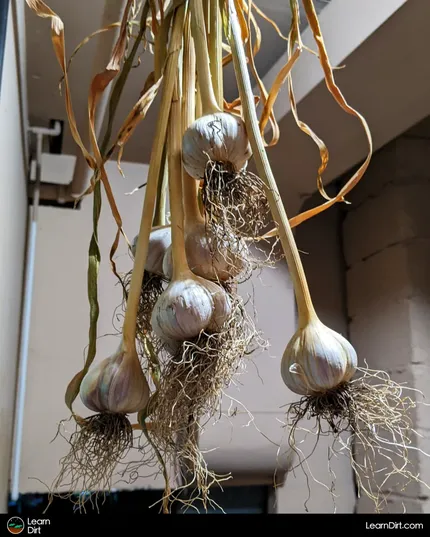
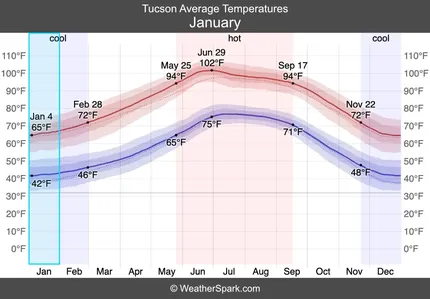
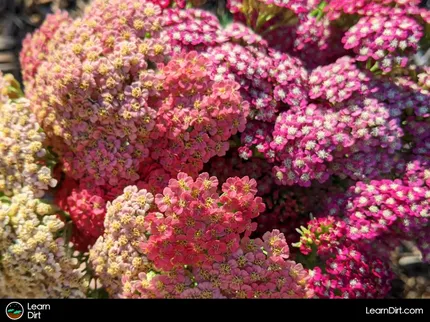
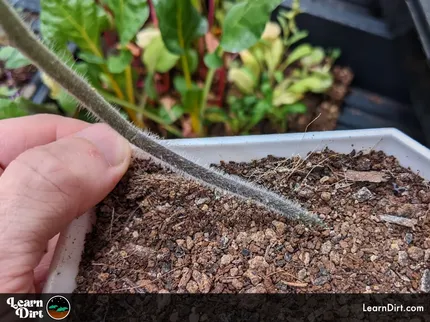
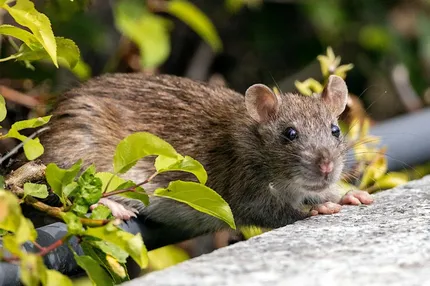


![Black Dirt Live Again [Blue] T-shirt](/media/product_images/black-dirt-live-again-[blue]_shirt_260x260.png)


